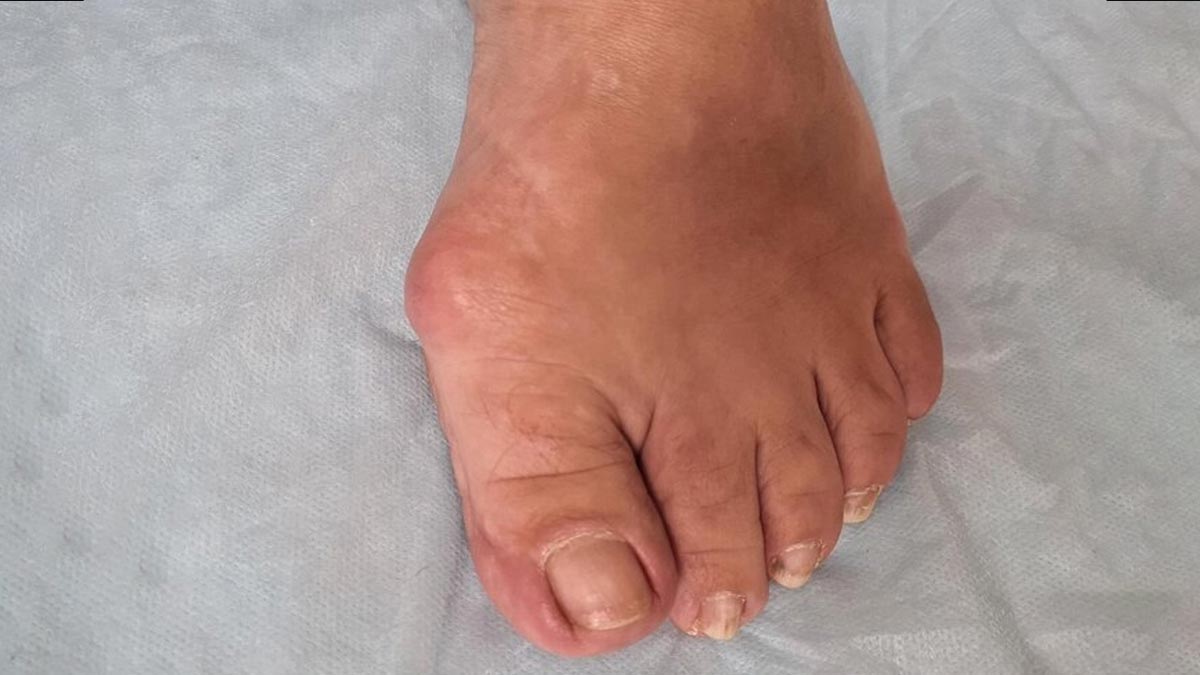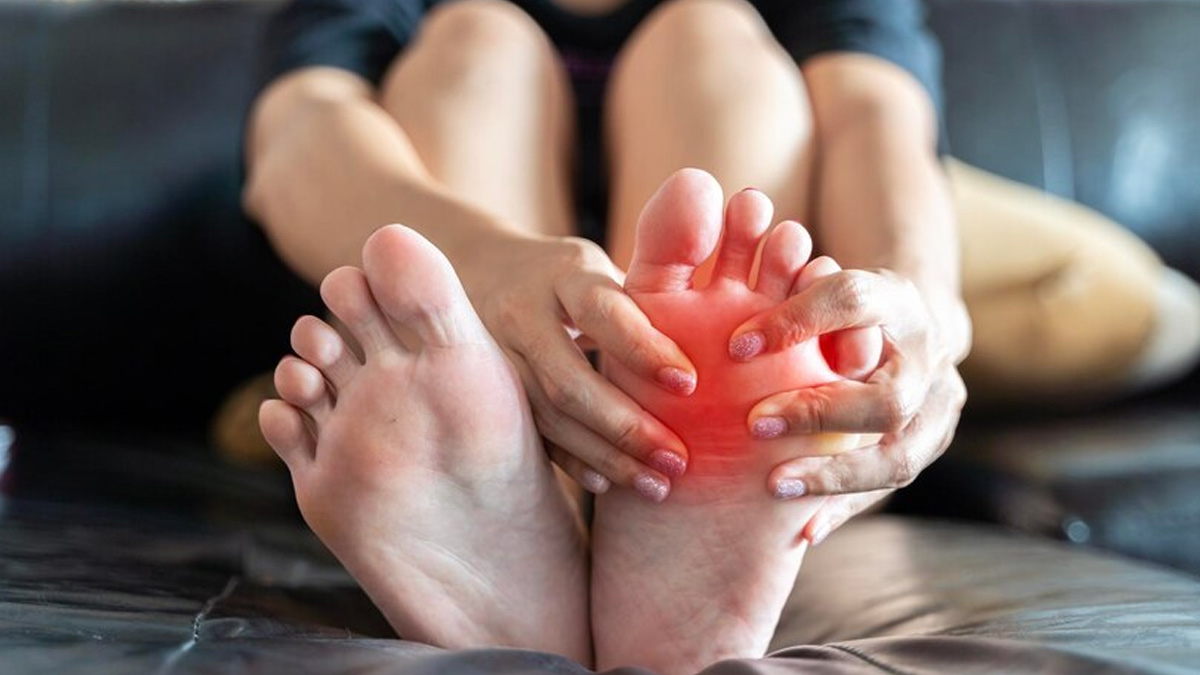
A bunion is a bony bump that forms at the base of your big toe, causing it to lean inward toward the other toes. It is a common foot condition that can cause discomfort and affect mobility. Bunions develop on the inside edge of your big toe joint. While bunions may seem like a minor issue, they can be painful and can also impact your daily activities.
Table of Content:-
As per Harvard Medical School, a bunion is a misalignment of the bones in the foot. This occurs when something causes the big toe to turn inward, bending toward (or even under) the other toes.
To understand bunions better and their causes and treatment options, OnlyMyHealth interacted with Dr Keyur Desai, Orthopaedic Surgeon, Adhikari Lifeline Multispeciality Hospital, Palghar.
What Are Bunions?

Bunions, or hallux valgus (medical term for bunions), as per Dr Desai, represent a deformity of the metatarsophalangeal (MTP) joint at the base of the big toe. “This condition is characterised by the lateral deviation of the big toe towards the other toes, leading to the enlargement of the joint and the formation of a bony prominence on the inner side of the foot,” Dr Desai said.
Also read: Managing Foot And Toenail Fungus: Here Are Some Tips You Should Try
Causes
Explaining the causes of bunions, Dr Desai said, “Several factors contribute to the development of bunions, including genetic predisposition, abnormal foot mechanics, and improper footwear.” People with a family history of bunions, and structural foot abnormalities such as flat feet are at a higher risk. Individuals who frequently like to wear tight or high-heeled shoes are also at a high risk of developing bunions.
Symptoms

Listing the symptoms of bunions, Dr Desai said, “They usually include pain, swelling, and redness around the affected joint, which may worsen with activity or pressure from footwear. As the condition progresses, people with bunions may experience difficulty in walking or fitting into the shoes comfortably.”
Also read: My Foot Ulcer Not Healing: Could It Mean Diabetes?
Treatment Of Bunions
As per Dr Desai, treatment options for bunions focus on alleviating symptoms and preventing further deformity. Talking about treatment options, Dr Desai said, “Conservative measures include wearing roomy and supportive footwear, using padding or orthotic devices to redistribute pressure, and applying ice or taking anti-inflammatory medications to reduce pain and inflammation.” Physical therapy exercises can also help strengthen the muscles around the MTP joint and improve foot mechanics.
In cases where conservative measures fail to provide relief or when the bunion causes severe pain or functional impairment, surgical intervention may be recommended. “Bunion surgery aims to realign the bones and soft tissues of the foot to correct the deformity and alleviate symptoms, allowing patients to resume normal activities with improved foot function,” Dr Desai added.

Preventive Measures
Here are concise preventive measures for bunions
- Choose shoes with a wide toe box and good arch support.
- Maintain a healthy weight to reduce pressure on the feet.
- Consider using orthotic inserts for extra support.
- Opt for low-impact exercises to minimise foot strain.
- Perform regular foot stretches and strengthening exercises.
- Seek early Medical advice in case of persistent symptoms.
(Disclaimer: This article is for informational purposes only. We advise you to see a healthcare professional if you have any problem with your toe.)
Also watch this video
How we keep this article up to date:
We work with experts and keep a close eye on the latest in health and wellness. Whenever there is a new research or helpful information, we update our articles with accurate and useful advice.
Current Version